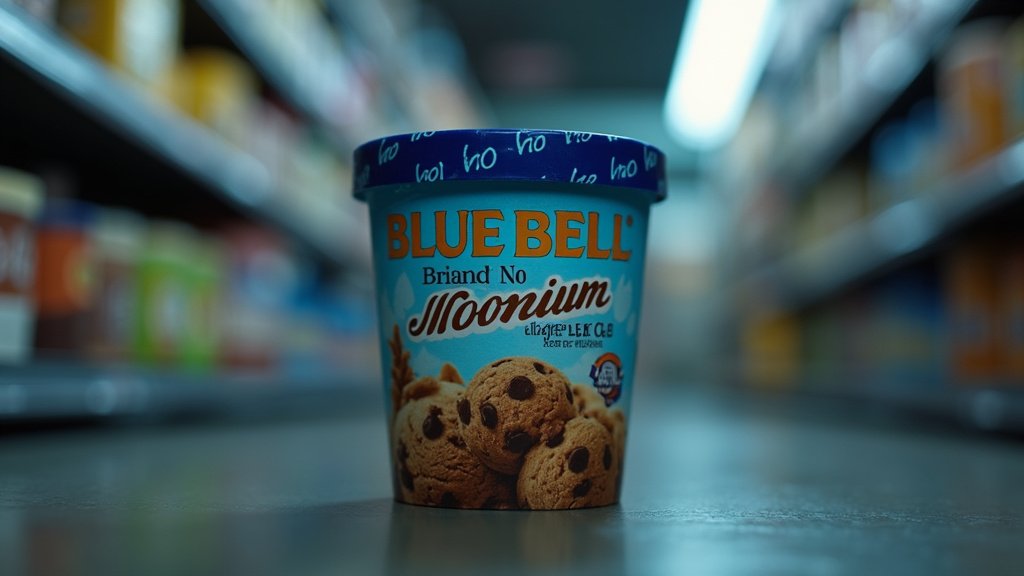Miami’s vibrant dining scene is facing a significant slowdown, with locals increasingly opting to dine at home rather than frequenting restaurants. This trend, particularly pronounced during the summer of 2025, is largely attributed to escalating prices, a decreased sense of value, and a broader re-evaluation of discretionary spending by consumers. While certain high-profile establishments continue to draw crowds, many restaurant owners and chefs report this summer as one of the toughest in recent memory, marked by a notable dip in reservations and foot traffic.
The Price is Too High: Sticker Shock Drives Cutbacks
The primary reason cited by Miami diners for dining out less is the undeniable surge in prices. Many residents feel that restaurant tabs have become prohibitively expensive, making regular dining out an unsustainable luxury. For instance, a meal for two at a moderately priced restaurant can easily exceed $150, while even casual experiences can push past $300 for a couple. This sentiment is echoed across various demographics, from retirees on fixed incomes to suburban households where such expenses are simply out of reach.
Beyond the base cost of meals, the price of individual items like cocktails has also become a point of contention, with many finding the cost of a $20 drink to be excessive. This perception of inflated pricing is often coupled with a feeling that restaurants are not adequately catering to the needs and budgets of local residents, instead prioritizing a higher-spending clientele or tourist market.
Economic Pressures and Shifting Consumer Behavior
The economic landscape has significantly impacted consumer spending habits. Inflation, which has seen food costs rise substantially, is a major driver behind these changes. Reports indicate that overall food costs experienced a significant jump, making both groceries and dining out more expensive. This increased cost of goods sold forces restaurants to either absorb the expenses, shrinking their profit margins, or pass them onto consumers, further deterring patronage.
Consumers, in response to these economic pressures, are altering their behavior. Many are cutting back on dining out altogether, choosing to prepare meals at home more frequently. When they do venture out, patrons are becoming more strategic, seeking out promotions, opting for more affordable restaurants, or adjusting their orders to less expensive items. Some diners are exploring alternative, more budget-friendly options like food trucks, which offer a mix of affordability and culinary creativity.
Industry Challenges: Saturation and Seasonal Slowdowns
The Miami restaurant scene is also grappling with an increased level of saturation. Following a period of significant growth and numerous new openings, the market is perceived by some as overcrowded. This, combined with the traditional summer slowdown, exacerbates the challenges faced by establishments. Summer in Miami typically sees a dip in tourism, which heavily influences the hospitality sector. While the city is known for its year-round appeal, the summer months present a unique struggle, with locals often being the primary customer base. This year’s summer slump appears to be more severe than usual, leading to a greater number of restaurant closures.
Rising operational costs, including rent, insurance, and labor, further compound the difficulties. Florida’s minimum wage increases have directly impacted labor costs for restaurants, adding another layer of financial pressure. Many restaurant owners find themselves in a difficult position, needing to balance these escalating costs with customer expectations for reasonable pricing.
Adapting to the New Reality
In response to these trends, some restaurants are adapting by introducing lunch specials, even at upscale establishments, to attract diners during off-peak hours or for more budget-conscious meals. Others are revamping menus, focusing on more affordable options, or experimenting with community-focused concepts that offer a more casual gathering space. The industry is also seeing a trend towards diners favoring familiar favorites over trying new, potentially expensive, or unproven establishments, a behavior amplified by economic uncertainty.
The news from Miami indicates a broader economic sentiment where consumers are meticulously evaluating discretionary spending. While the city’s culinary landscape remains dynamic, with new establishments continually opening, the current economic climate is forcing both diners and restaurateurs to adapt. The emphasis is shifting from impulse dining to value-driven choices, and establishments that can offer a compelling balance of quality and affordability are best positioned to navigate this challenging period. The Miami news cycle reflects this ongoing trend, highlighting the delicate balance between aspirational dining and economic reality for its residents.





